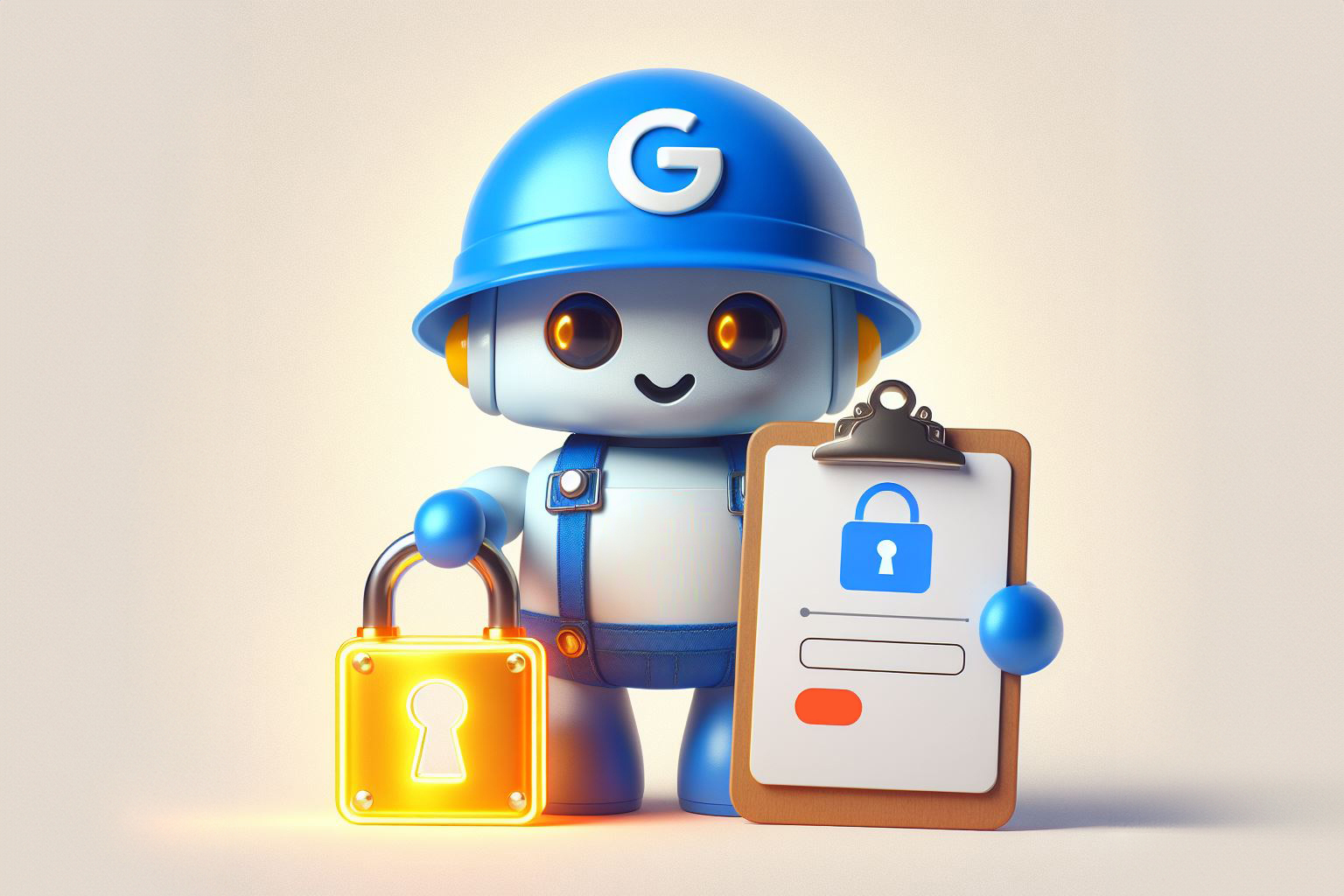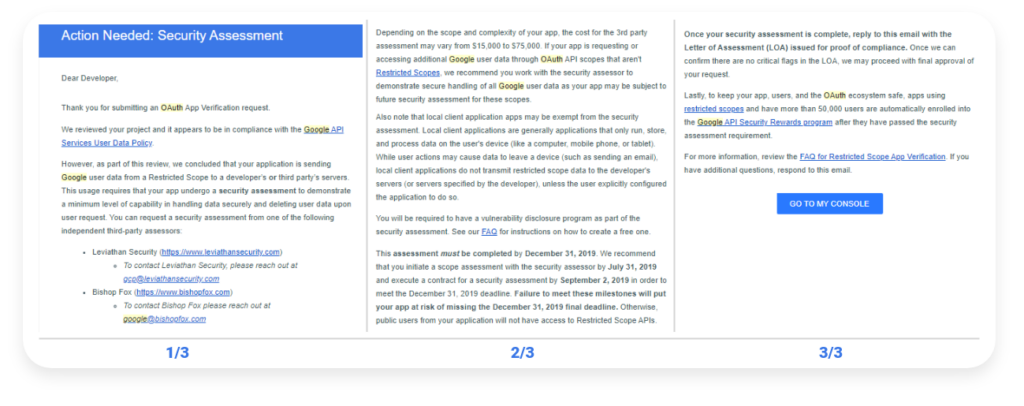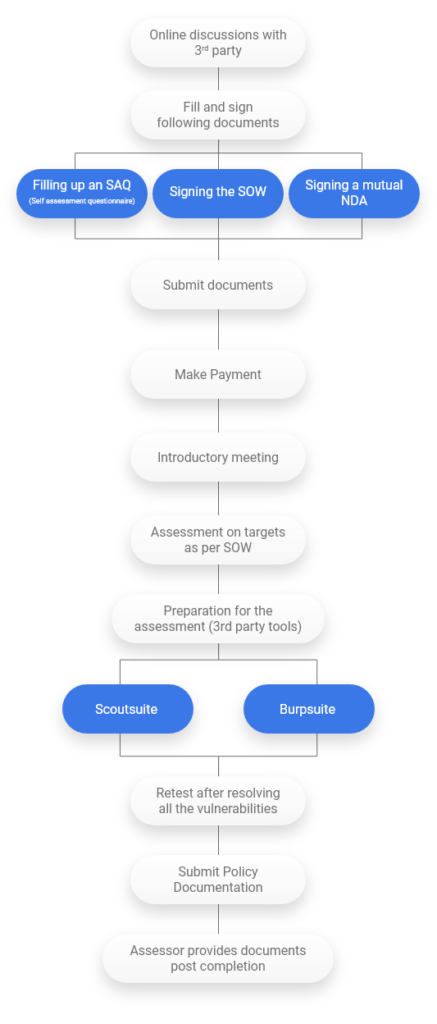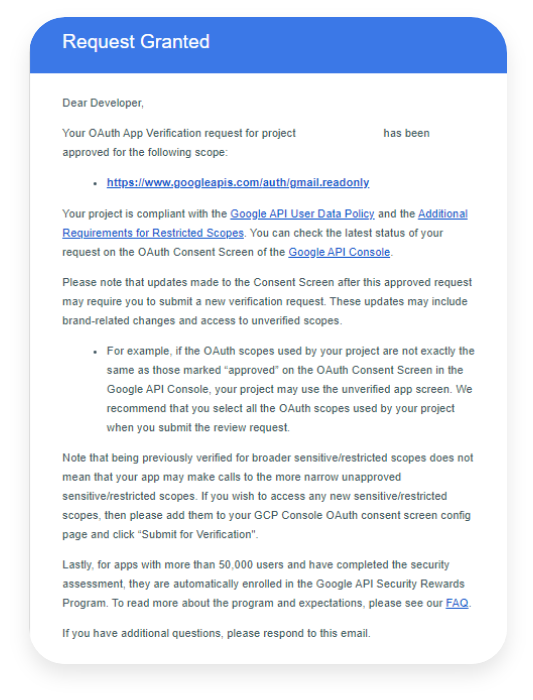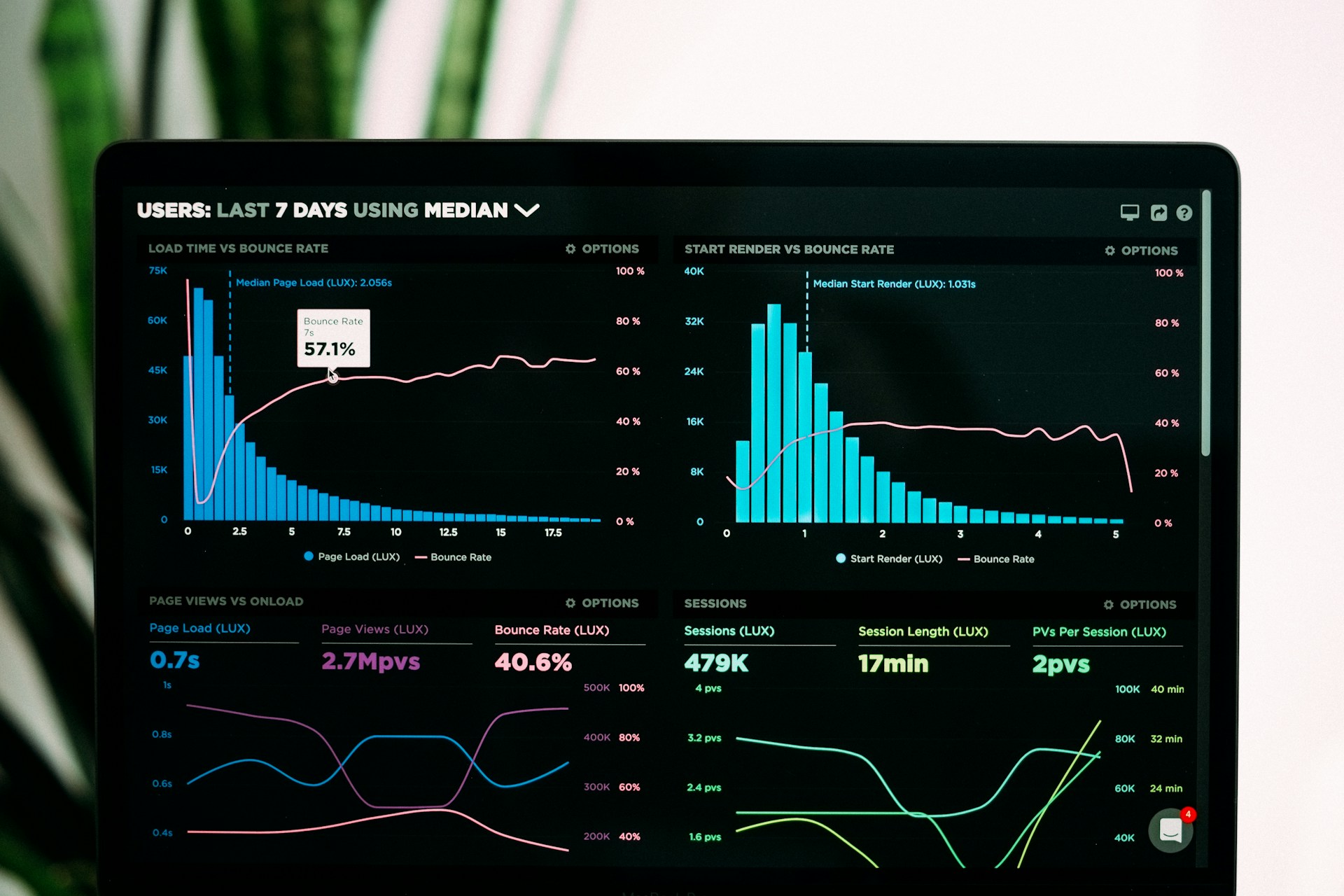Low-code & No-code platforms
Everyone is talking about the innovative Low-code & No-code platforms, and being a tech-forward company, we here at Tarams have jumped on the bandwagon to establish ourselves as Caspio certified.
Caspio, the Low Code Application builder, provides a best-in-class, best-value platform for creating business applications with little to no coding.
These tools aren’t just changing how we build apps; they’re rewriting the rulebook, making app creation accessible to a broader audience.
Decoding the Tech Jargon
Low-Code vs. No-Code: The Tech Behind It
A Low-Code platform is a boon for developers seeking efficiency in the app development lifecycle. With its visual interface and automated processes, it minimizes the grunt work of manual coding, letting developers focus on the higher-level aspects.
On the flip side, a No-Code platform is a game-changer for those without coding skills. Its drag-and-drop simplicity and ready-made templates empower users to craft their apps without wrestling with code complexities.
Unraveling the Impact
Democratizing Development: Inclusive Innovation
These platforms break down traditional barriers, bringing a diverse range of contributors into the development fold. It’s not just for the coding elite; business analysts and project managers can now contribute to the creative process.
Agility Redefined: Swift Solutions for a Fast World
Business agility is a top priority, and no code platforms excel at speeding up app development. This agility allows businesses to adapt swiftly to market changes, user feedback, and competitive demands.
Cost Efficiency: Maximizing Resources Wisely
Beyond agility, these platforms make economic sense. By minimizing the need for extensive coding expertise, they optimize development costs, letting organizations allocate resources more strategically.
Fueling Creativity: Innovation Unleashed
Low-code & No-code platforms aren’t just tools; they’re catalysts for innovation. The ease of app creation encourages businesses to experiment without hefty investments, fostering a culture of creativity.
The Future Horizon: Tarams' Strategic Vision
AI Integration: Smartening Up the Platforms
Tarams envisions enhancing these platforms with AI, making them more intelligent and adaptable to the evolving demands of software development.
Beyond Basics: Handling Complex Applications
The future sees Tarams’ integrated platforms tackling even more complex applications, broadening their scope and underscoring their versatility.
Global Impact: Redefining Digital Innovation
Low-code & No-code platforms are revolutionizing global tech. As they evolve, businesses approach app development differently, making technology more accessible and ushering in an era of digital innovation.
Tarams sees the tremendous value Low-code & No-code platforms add to our services and we are currently certified in Caspio and were fortunate to be listed as one of their partners on their website.

